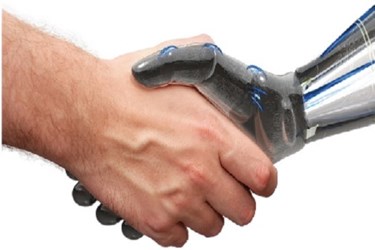Industrial Machines: How Robots Are Shaping The Future Of Food Manufacturing
By Isaac Fletcher, contributing writer, Food Online

With economic conditions improving worldwide, the demand for industrial machinery is expected to push revenues of $1.6 trillion this year, up from $1.5 trillion in 2013
An increase in revenues from industrial machines from $1.5 trillion to $1.6 trillion represents an annual growth of 6.3 percent, more than twice the 2.9 percent increase seen in 2013. Furthermore, projections show that revenues should approach $2 trillion by 2018, meaning an average annual growth between 5 and 6 percent. Agriculture, packaging, materials handling, and processing are all industry sectors that have contributed — and will continue to contribute — to this increase in demand.
Growing populations and expanding middle classes across developing nations are generating more disposable income. More disposable income translates into an increased demand for goods across numerous sectors. For the food industry and related sectors, the key factor behind the growing demand for industrial machines is an increase in the standard of living and a corresponding growth in spending on nutrition.
What is the payback of using packaging line automation?
Within the greater whole of the food industry, the packaging sector is projected to show high growth over the next few years. Lighter packaging that is less costly to ship will come into higher demand, as will packaging that is more sustainable. This means that packaging that requires less material, produces less waste, is more energy efficient to produce, and offers a higher aesthetic appeal will have a competitive advantage over others.
Improvements in industrial machines and packaging technology help to make all of these goals attainable. Advances such as food that is wrapped in ready-to-cook packaging and cartons that are never pierced until opened are part of the driving force behind the increased demand for industrial machines. Additionally, improved shelf life and better tasting products are becoming ever more important, and these are areas in which technology is able to provide solutions.
Other sectors will find solutions through the use of industrial machines as well. The agriculture sector can find increased water efficiency in a time where it is more needed than ever. Material handling sectors can make operations more efficient, creating more sustainable practices. Food processors can complete tasks that were not previously practical — or in some cases, possible — to achieve. Industrial machines open the door to countless opportunities across almost all sectors, whether the goal is to save money and be more efficient or to create a more sustainable process.
